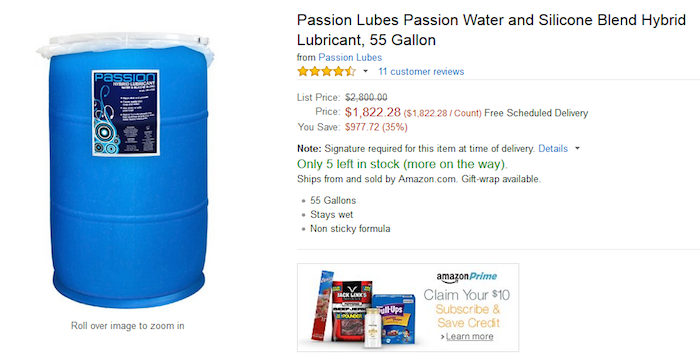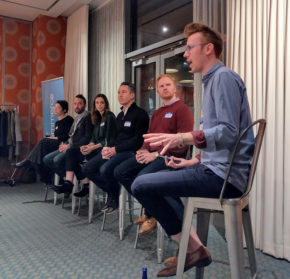This year, July 15 saw the birth of a brand-new holiday: Amazon Prime Day. The day-long discount event on America’s biggest online retailer was organized as a celebration of the company’s 20th birthday, an unprecedented milestone in the E-Commerce world. Open only to Amazon Prime members, the company offered free trials of its premium-tier service as it promised a bigger, better sale than Black Friday. The sale was rolled out in a run of flash sales throughout the day, with new “Lightning Deals” going live each hour. And while the event was an unprecedented success, the snark-laden backlash on social media nearly eclipsed the value of the offers themselves.
Sales in the United States rocketed up 93% for Amazon (AMZN, Tech30), according to online retail tracker ChannelAdvisor, while European sales grew by 53%. Customers were buying at a rate of 398 items per second, and the sales broke all Black Friday records – driving “hundreds of thousands” more customers to sign up for Prime membership — more than any other single day in the program’s history — says Amazon.
The online retailer announced Thursday that the Prime Day sales holiday, which was originally conceived as a celebration of the company’s 20th anniversary, is here to stay. In a statement, Amazon Prime vice president Greg Greeley confirmed the news:
“Customers worldwide ordered an astonishing 398 items per second and saved millions on Prime Day deals. Worldwide order growth increased 266% over the same day last year and 18% more than Black Friday 2014 – all in an event exclusively available to Prime members. Going into this, we weren’t sure whether Prime Day would be a one-time thing or if it would become an annual event. After yesterday’s results, we’ll definitely be doing this again.”
However, Amazon would do well to heed the criticism ahead of next year’s event. Prime Day 2015 was dubbed “the yard sale of the internet” by legions, due to the junkish offerings that comprised a great many of the deals: a 24” shoe horn, cat calming collars, popsicle molds, granny panties and more. And while Amazon’s homepage was completely redesigned for the sale, the “Lightning Deals” of any value sold out within minutes or even seconds of going up.
Trying to find deals on #PrimeDay pic.twitter.com/5k2JGXxrm5
— Tim Cielinski (@TimCielinski) July 15, 2015
Across social media on the 15th, people blasted the retailer for strange offers, or cutting sales so short they were near impossible to buy. Buzzfeed, throbbing to the pulse of social media, listed a hilarious run of 25 Of The Best Responses To Amazon Prime Day.
Then there was the Twitter favorite, a 55 gallon barrel of lube which outlined the absurdity of a great many offerings:
Amazon’s formidable brand identity enables it to withstand the criticisms of a clunky experience for many, absorbing the negative responses with little brand detriment. Questionable items and backlash aside, Prime Day caused Amazon’s stock to rise nearly two and a half percent during the event, and inspired a wave of imitators: Wal-Mart, Target, Macy’s and Best Buy all had big – and largely successful – sales of their own.
This formula does not scale down to small businesses, unfortunately. As E-Commerce companies expand their efforts to engage potential customers and successfully innovate new methodologies, careful attention must be paid to brand cultivation and word-of-mouth. It’s not likely that a small brand can withstand a series of condemning social hashtags such as #PrimeDayFail, #unhappyPrimeDay, #AmazonFail, #gobacktosleep and more. Therefore, steps are necessary to safeguard an E-Commerce brand from excessive event backlash:
1. Careful Cultivation
Choose your deals wisely, and provide true value in your offerings. Amazon offered a great many excellent deals on Prime Day, but for every big-screen TV on major discount, a plethora of items were on offer that would fit more appropriately in the “free” bin after a garage sale.
2. Poll Your Readers
Through email, social media and beyond, ask your customers what they want to see in an event or special promotion aimed at increasing their involvement. Direct engagement with your audience can and will surprise you. Learn who they are and what they want, and provide it for them at an appealing discount.
3. Lead The Media
Establish your own hashtags, and build a head of positive steam on social media well ahead of the promotional event. Stay consistent and engaged through all steps of the user experience, and respond to issues, complaints and concerns in real time to manage potential downturns in impression.
Amazon Prime Day 2016 is only 363 days away. Are you ready to make your own big-offer mark?


